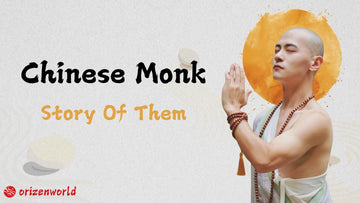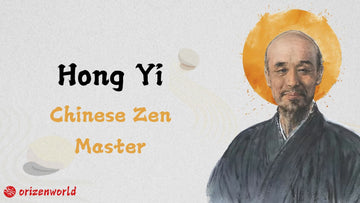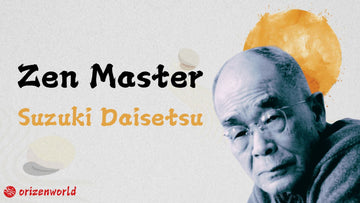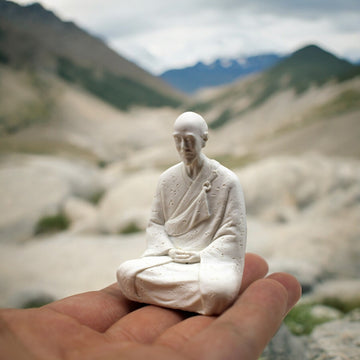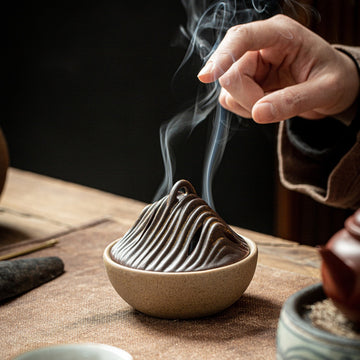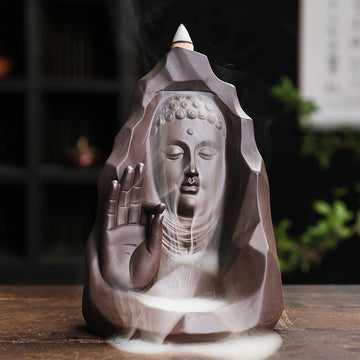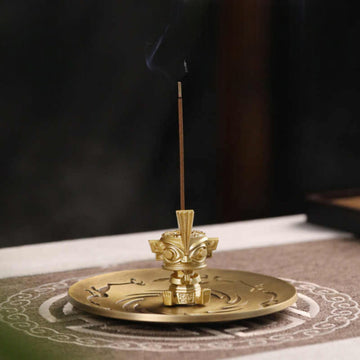People from other countries might be a bit envious of the Chinese, who celebrate two New Year festivals in a single year. While the Western New Year falls on January 1st, Chinese people around the world also celebrate their "real" New Year—Spring Festival, also known as Lunar New Year. This festive occasion, based on the lunar calendar, offers a second chance for new beginnings and celebrations. You might feel confused about this unique Chinese New Year tradition, as many aspects of Chinese culture can be unfamiliar.
In this article, let's explore what Spring Festival is all about, from its rich history and customs to its significance for Chinese communities worldwide.
The Lunar New Year, also known as Spring Festival (春节), is one of the most significant holidays in Chinese culture. It marks the beginning of the Chinese lunar calendar year, usually celebrated from the 23rd day of the 12th lunar month (roughly late January or early February) to the 15th day of the first lunar month, culminating with the Lantern Festival. Spring Festival is not just a holiday; it’s a symbol of renewal, hope, and family reunion.

The name "Spring Festival" was chosen to reflect the season’s arrival, as it coincides with the rejuvenation of nature and the start of spring, a time when the Earth awakens and life begins anew.
In Chinese culture, Spring Festival holds deep significance. It is a time to honor ancestors, celebrate the passing of the old year, and embrace the new one. This celebration is rooted in China’s agricultural history, where it marks a time for rest after a year of hard work in the fields. Families come together, often traveling long distances, to share meals and spend time with loved ones, reinforcing the value of unity and togetherness. Beyond the festive celebrations, Spring Festival also represents fresh starts, as people wish for good fortune, health, and success in the year ahead. It is a time filled with rituals, symbols, and customs designed to usher in happiness and prosperity.
The Spring Festival, also known as the Lunar New Year, has a rich and ancient history that traces back to the earliest times of Chinese civilization. Its origins can be found in ancient sacrificial rituals held at the beginning of the lunar year, known as "岁首" (Sui Shou). During these early celebrations, people would offer sacrifices to deities and ancestors to pray for a good harvest and peace for the upcoming year.

In ancient China, the character "年" (Nian), which represents "year," originally depicted a person carrying mature crops, symbolizing the harvest and prosperity. Over time, this evolved into the celebration of a new agricultural cycle.
The customs of Spring Festival, such as feasting, ancestor worship, and ritualistic practices to drive away evil spirits, began to take shape during the Xia and Shang dynasties. As the centuries passed, through the Zhou, Qin, and Han dynasties, the holiday grew and transformed, with various customs and traditions being integrated into the celebration. This long history laid the foundation for the modern-day Spring Festival we know today.
One of the most famous legends associated with the holiday is the tale of the "Nian" monster. According to the myth, a fierce creature named Nian would emerge every year, terrorizing villages by destroying crops and harming people. However, villagers discovered that Nian was afraid of the color red, loud noises, and fire. To protect themselves, people would decorate their homes with red banners, light fires, and set off fireworks to drive away the monster. This myth not only explains the modern customs of using red decorations and fireworks during the festival but also embodies the hope of dispelling evil and ensuring safety and prosperity in the coming year.

The Nian monster would terrorize villages, harming people and crops. Villagers discovered it feared red, fire, and noise, leading to the traditions of Spring Festival.
Before the Lunar New Year, Chinese families engage in numerous preparations to ensure a fresh start for the year ahead. One of the most important traditions is cleaning the home, known as "掃除" (sǎo chú), where people sweep away the dust and dirt from the previous year. This act symbolizes getting rid of bad luck and making room for new opportunities and good fortune. It is believed that a clean home will invite positive energy and prosperity for the upcoming year.
Decorating the home is another key preparation. Families hang red couplets, lanterns, and various decorations to invite good luck, wealth, and happiness. Red, considered a lucky color, is dominant in these decorations, representing joy and protection against evil spirits. Some also place images of the Chinese zodiac animal of the year to bring good fortune.
Special foods and treats are essential for the Lunar New Year. Hotpot, dumplings, fish, rice cakes, and various sweets are prepared, each symbolizing prosperity, unity, and longevity. Dumplings, for instance, are shaped like gold ingots and are believed to bring wealth.

For many people working away from home, the Spring Festival also involves "春运" (Chunyun), the massive migration of people returning to their hometowns to reunite with family. This annual journey is considered the largest human migration in the world and is a vital part of the Lunar New Year celebrations.
The Spring Festival is rich with symbols and customs that have been passed down through generations, each carrying deep meaning and significance. One of the most prominent symbols of the festival is the color red. During the Lunar New Year, homes are decorated with red lanterns, couplets, and various red items, as red is believed to bring good fortune, happiness, and protection.

It is thought that the color wards off evil spirits and negative energy, ensuring a prosperous year ahead. Red couplets, often with auspicious phrases, are hung on doors to greet the new year and welcome positive energy into the home.
Lanterns are another key feature of Spring Festival decorations. Traditionally, red lanterns light up homes and streets, creating a vibrant atmosphere of celebration. Lanterns also symbolize the hope for a bright future and the passing of the old year. The lanterns often take on different forms, from simple ones hanging in doorways to large displays during the Lantern Festival, which marks the end of the Spring Festival celebrations.
Another important custom is giving "red pockets" (红包, hóngbāo). These small red envelopes are filled with money and are given to children, unmarried adults, and even employees. The act of gifting red pockets is a way to share blessings and wish others a prosperous year.

The money inside is thought to bring good luck and is often considered a gesture of goodwill, generosity, and care.
The tradition of "拜年" (bàinián), or paying New Year visits, is another significant custom. During this time, people visit family members, friends, and neighbors to offer their well wishes for the coming year. In the past, this often involved paying respects to elders, bowing, and offering wishes for health, prosperity, and happiness. Today, these visits are more informal but still carry the tradition of conveying warm wishes.
Family reunions hold immense importance during the Spring Festival. As the most significant holiday in Chinese culture, it is a time for family members, often separated by work or study, to come together and celebrate. The reunion dinner, typically held on New Year’s Eve, is a central part of the festivities. The meal is often lavish and includes dishes that symbolize wealth, health, and longevity, reflecting the importance of family unity and the hope for good fortune in the coming year.

Like Christmas reunions, Chinese New Year reunions hold deep significance for Chinese people, symbolizing family unity, the celebration of togetherness, and hopes for a prosperous year.
Chinese New Year is not only a time for family reunions and feasting, but also for vibrant festive activities and entertainment that bring the spirit of celebration to life. One of the most iconic features of the holiday is the extensive use of fireworks and firecrackers. These are believed to scare away evil spirits and bring good luck for the upcoming year. Throughout China, cities and villages light up with colorful displays, creating an atmosphere of joy and excitement. However, due to safety concerns, some local governments have imposed restrictions on fireworks, particularly in crowded urban areas, to reduce the risk of fire accidents.
Another key element of the Chinese New Year celebrations is the lion dance and dragon dance, both of which are deeply rooted in tradition and culture. The lion dance is performed by a team of dancers mimicking the movements of a lion, symbolizing strength and good fortune. The dragon dance, often performed by a larger group of people, involves a long, flowing dragon that twists and turns through the streets, bringing prosperity and happiness. These performances are particularly popular in southern China, such as in Fujian And Guang Dong Province and the Chaoshan region (潮汕), where large-scale parades are held.

People love lion dancing and dragon dancing, believe it can bring wealth and health
In addition to these public performances, families often enjoy playing traditional games like poker and mahjong. During the holiday, it’s common for people to gather in homes or community centers to engage in friendly competition, bonding over games while exchanging red envelopes and wishing each other good luck. These activities foster a sense of community and celebration, making Chinese New Year a time of fun and festivity for all.
The Chinese Zodiac consists of 12 animal signs, with each year corresponding to one of the animals. These animal signs are deeply rooted in Chinese culture, influencing various aspects of life, including personality traits, fortune, and compatibility. For instance, 2024 is the Year of the Dragon, a symbol of power, strength, and good luck. People born in the Year of the Dragon are often seen as charismatic, ambitious, and brave.
Cultural beliefs and predictions based on the zodiac are significant in Chinese society. Each animal is associated with specific attributes and predictions for the year. People consult these zodiac signs to guide their decisions in matters such as career choices, relationships, and health. The animal of the year is believed to influence the general atmosphere and fate of individuals, offering a glimpse into the fortune they may experience.
For example, in a year when the zodiac sign aligns with one's birth animal, such as the Year of the Dragon for a Dragon-born person, it is considered an auspicious time for success and personal growth. Conversely, certain animal pairings are thought to bring challenges, with some signs being more compatible with others, which influences how people approach their goals and relationships.
The Spring Festival, or Lunar New Year, is now celebrated by approximately one-fifth of the global population, with festivities spreading beyond China to countries influenced by Chinese culture. This holiday, which emphasizes values such as family unity, social harmony, and the balance between humans and nature, has gained widespread recognition worldwide. Today, nearly 20 countries officially observe the Spring Festival as a public holiday, adapting the customs to fit their own cultural contexts.
In Vietnam, the Lunar New Year, known as "Tết," is an important traditional celebration. Similar to Chinese customs, families gather for a reunion dinner and pay respects to ancestors.

In Okinawa, Japan, the influence of Chinese culture is still evident, as some people continue to celebrate the Lunar New Year. On the first day, Okinawans collect fresh water from wells or shared springs, praying for cleanliness and youthfulness. Their New Year's meal traditionally includes a pork dish known as "hōtō," which is quite different from the sushi enjoyed in mainland Japan.
In South Korea, the Spring Festival is also a major holiday, with celebrations lasting for three days—on New Year's Eve, the first, and second days of the lunar year. Families honor ancestors through rituals and enjoy traditional foods such as rice cakes and pancakes, celebrating the arrival of the new year in unison.
These global adaptations of the Spring Festival show how the core values of the holiday transcend borders, with each country embracing and customizing the traditions to fit their unique cultural practices.


